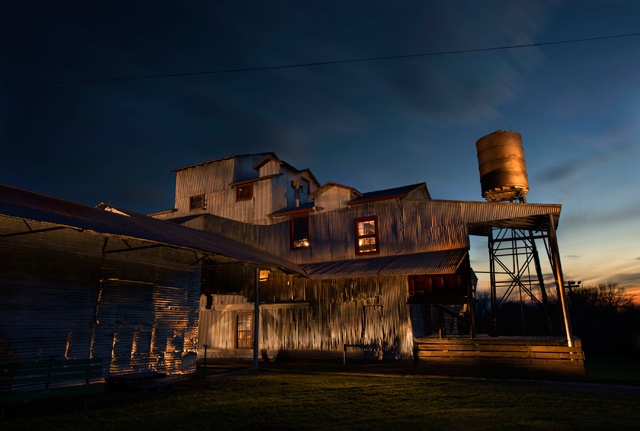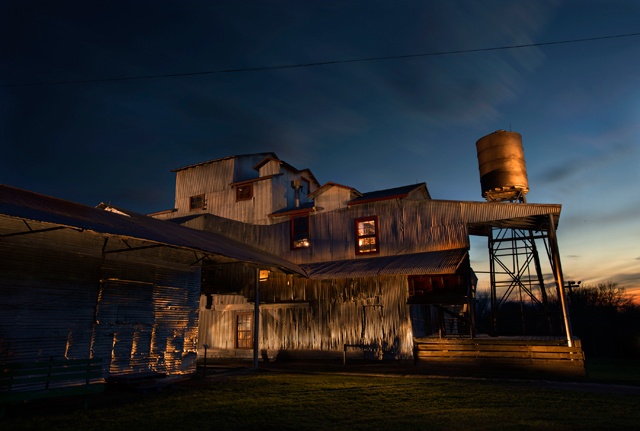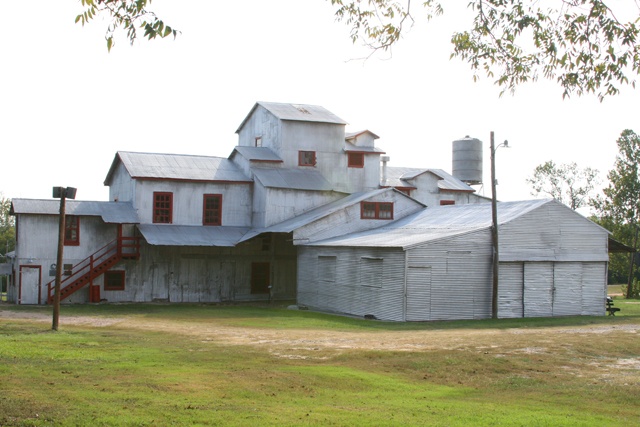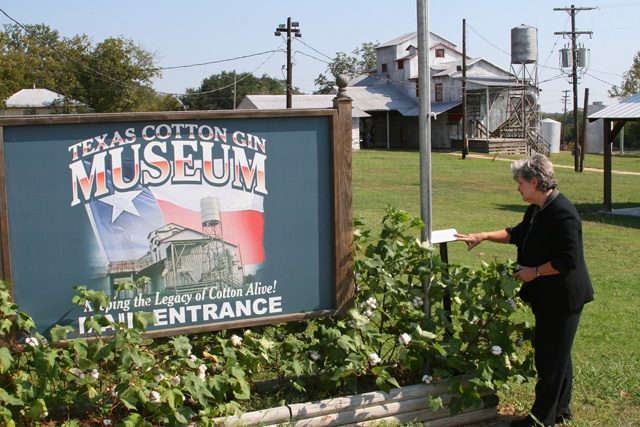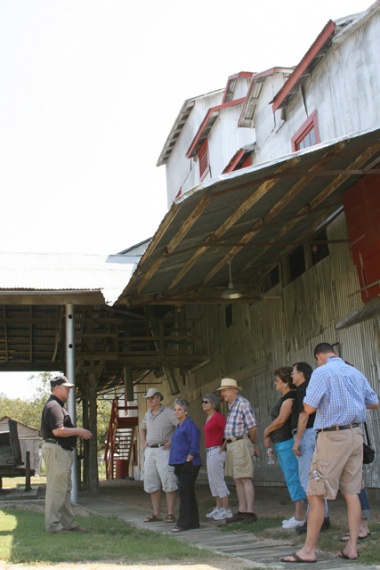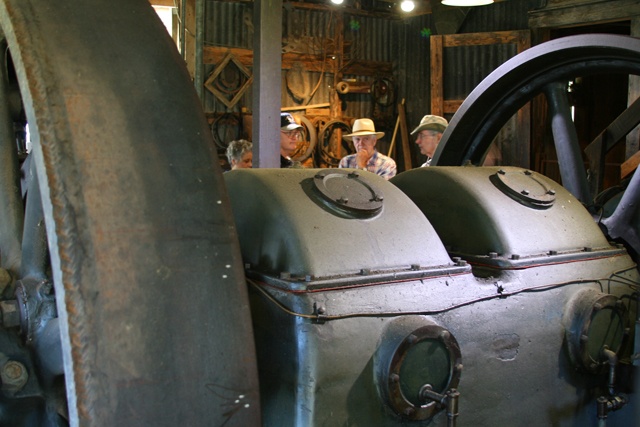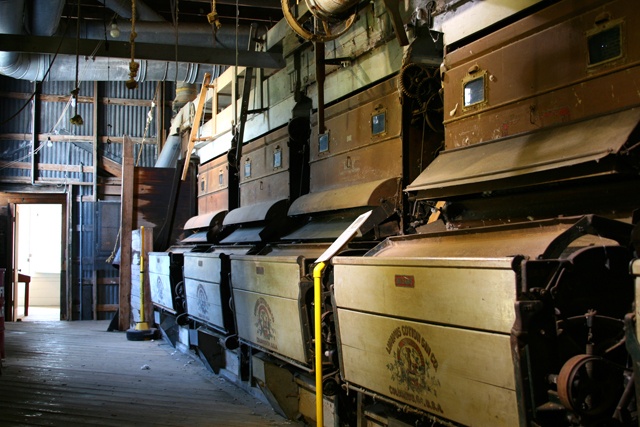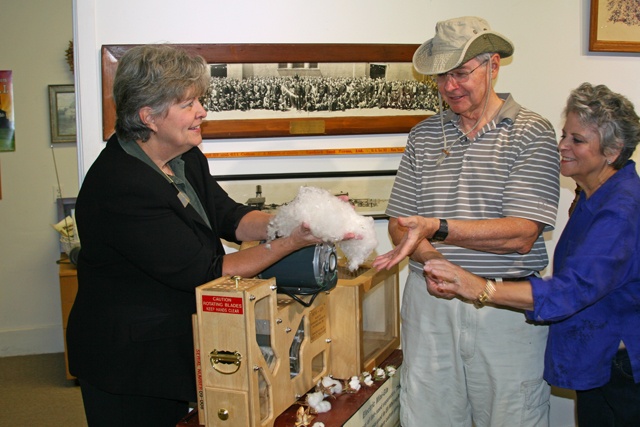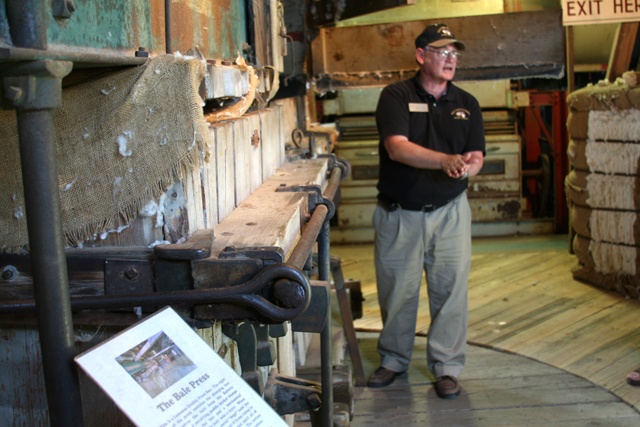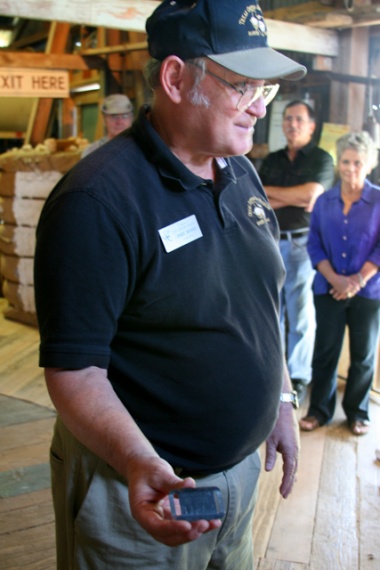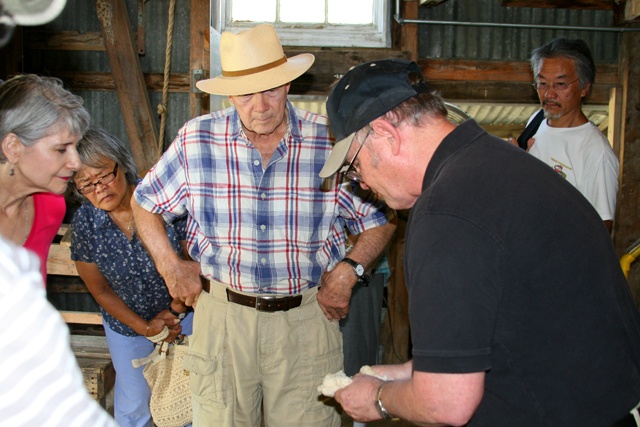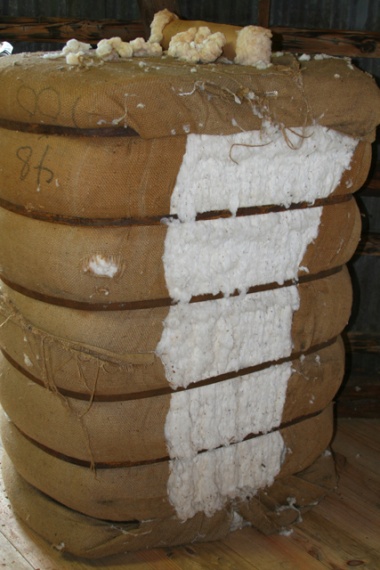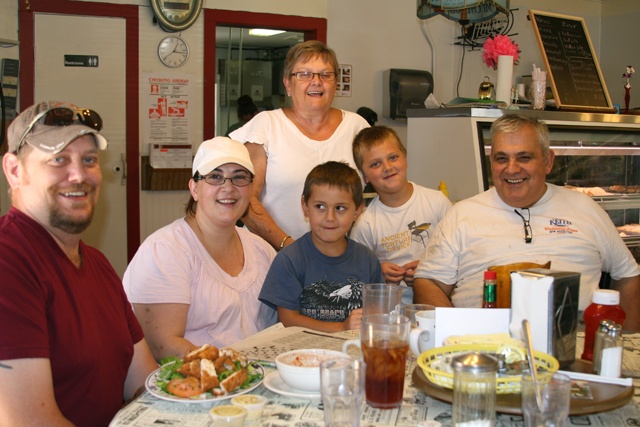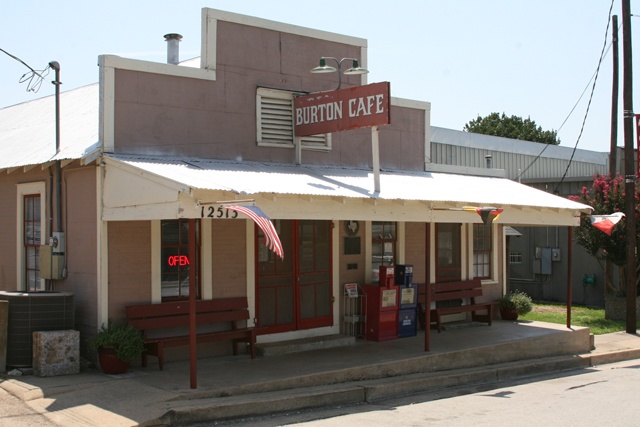Working as a hired hand on a Texas cotton farm in the 1920s, you’d be lucky to make a few cents a pound to pick cotton; if you were a family member, you worked for your supper. “If you were old enough to walk, you were old enough to pick cotton,” says Jerry Moore, curator of the Texas Cotton Gin Museum.
He’s describing work on a turn-of-the-century cotton farm while giving a tour of the Burton Farmers Gin, the oldest operating cotton gin in the United States at the heart of Burton, a town of about 350 snuggled in the rolling hills between Austin and Houston.
Built in 1914 by members of a farmers’ cooperative, the gin operated for 60 years and then fell into disuse after the demise of Burton’s cotton industry. More than a decade later, the community restored and preserved the historic landmark as a museum for the “love and honor for the history of cotton,” says Linda Russell, museum director.
On a summer afternoon, Moore guides about 10 sightseers, including Karen Preston of Leon County, on a tour of the cypress and corrugated tin complex and describes the labor of cotton baling as though it were 1925.
Preston nods at Moore’s description. She grew up on a farm in Northeast Texas, where her great-great-grandfather built the community’s first cotton gin. “It brings back a lot of memories of being on the farm, and families,” she says. “And their work ethic.”
For work it was. Starting in the field, pickers hand-plucked bolls and stuffed cotton into sacks. Moore unfurls a 12-foot-long cotton-picker’s sack and says a child would fill a pillowcase or flour sack. The contents then were emptied into a horse-drawn wooden wagon that, once full at about 1,500 pounds, the farmer drove to the gin to be weighed. The family kept on picking.
Outside the gin, above the weigh station, Moore points to a metal tube—the “grand vacuum cleaner”—that the farmer used to pipe cotton up to the second story. There, five gin stands separated lint from seed—a task Russell compares to “getting a sticker out of a puppy dog’s fur.”
Inside, Moore introduces the muscle behind the process: a 16-ton, 125-horsepower 1925 Bessemer engine. The “Lady B,” which takes up an entire room and smells like burnt diesel, powered the gin between 1925 and 1963 and still runs during the annual Burton Cotton Gin Festival.
After ginning, the cotton fibers are ready to bale. Russell hands a puff of ginned cotton to Houston resident Alan Nash during the tour. “Handle it like it’s a diamond … or a little baby,” she says in a singsong voice. Nash cups it with upturned palms, blinking with amazement. “It’s just as soft as a cloud,” he says. “It’s so soft.”
To bale those soft fibers, a bale press compacted the fluff into a 500-pound rectangle sandwiched in jute and secured with six metal straps. Over the gin’s lifetime, the managers weighed, tagged and documented every bale produced there.
As the tour concludes, Preston lingers in the museum lobby to chitchat with Russell about the cotton, farms and family. Before Preston leaves, Russell steals a hug and tells her she’s precious.
That’s the point of the museum and the exhibits, Russell says, “It gets them talking and remembering.”
——————–
Suzanne Haberman, staff writer
